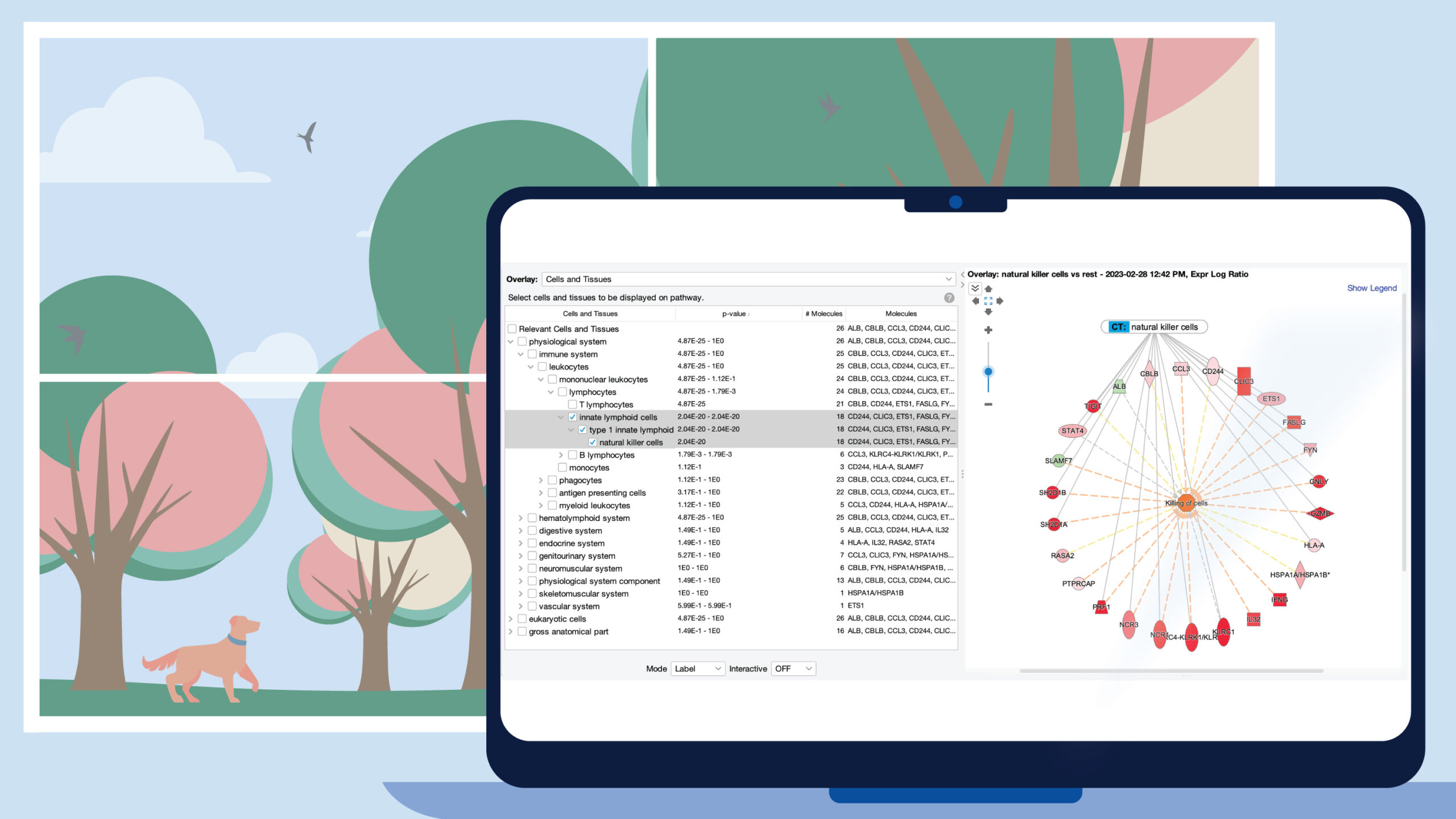Latest improvements for QCI Interpret Translational
QCI Interpret Translational 1.2
Release date: 2021-08-01
Release Highlights
Improved handling of CNV and SV variants
QCI now handles copy number variants (CNV) and structural variants (SV) more comprehensively than before. QCI has been improved to better consume, process, and visualize these variant types at the level of exon and breakpoints. QCI allows you to better assess the physical structure, functional impact, and clinical relevance of copy number alterations and gene fusions detected in NGS secondary analysis pipelines. By utilizing the Test Product Profile (TPP) capability copy number variants in genes of interest are now more accurately described.
Bibliography support for Copy Number Variants
With the addition of breakpoint-level and feature-level matching for copy number variants (CNVs), you can now confidently assess bibliography content for your CNVs of interest.
Explore clinically relevant CNV findings from HGMD and expertly curated content from the QIAGEN knowledgebase. New bibliography features allow to you quickly identify and capture relevant references to determine the significance of the variant of interest and to include in your clinical reports.
Additional interpretation support for CNVs
Access more resources to support the interpretation of your CNV variants with active links to public databases including GnomAD, DECIPHER, DGV and dbVar.
CNV classification calculator for hereditary workflows
In the hereditary workflow experience exon-level classification of constitutional copy-number variants using our new CNV classification feature. This is based on the technical standards published by ACMG and ClinGen*.
* Riggs et al, Technical Standards for the interpretation and reporting of constitutional copy-number variants: a joint consensus recommendation of the American College of Medical Genetics and Genomics (ACMG) and the Clinical Genome Resource (ClinGen), Genetics in Medicine 22, 245-257 (2020). https://doi.org/10.1038/s41436-0190686-8
Improved support for METex14 and EGFRvIII splice variants
With improved structural variant handling, two prominent exon skipping mutations: METex14 and EGFRvIII, are classified more accurately and reveal relevant treatments and clinical trials. This ultimately drives better reporting with treatment options for exon variants detected from RNA.
Integration with DNAnexus through the QIAGEN QCI Connector
In the DNAnexus ecosystem, QIAGEN has published a tool to help DNAnexus pipeline owners terminate the output of bioinformatics pipelines in QCI for tertiary interpretation.
Platform performance improvements
Behind the scenes, QCI is undergoing numerous back-end improvements to make these calculation-intensive operations more efficient.
Click here for the full release notes.
QCI Interpret Translational 1.1
Release date: 2021-03-17
Release Highlights
- More powerful sample uploader: The sample uploader functionality looks familiar but has more power; users can now upload multiple samples at a time and treat dozens of VCF files as one combined sample or as an individual sample.
- Metadata editing for sample uploads and analyses: Users can now edit sample and analysis names, subject ID, project name, and descriptions. Samples and analyses can be deleted to help users keep the QCII UI clutter-free.
- Samples and analyses can be shared: Samples can be shared with a button click within pre-defined user groups or with one or more individuals on your team.
- Dynamic biological context search of variant list: QIAGEN has enhanced the tools available to QCII users when navigating the list of variants in an analysis. Findings can be searched dynamically by adding new phenotype terms or gene names to facilitate exploration of variants.
- Better filter organization: It is now easier to find the right filter to apply to your analysis.
QCII now integrates with Ingenuity Pathway Analysis (IPA): Genes that have been analyzed through the QCII platform can be exported from QCII and imported directly into a dataset in IPA with the click of a button.






























